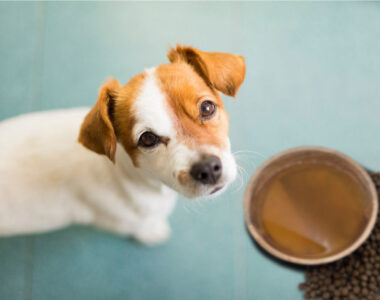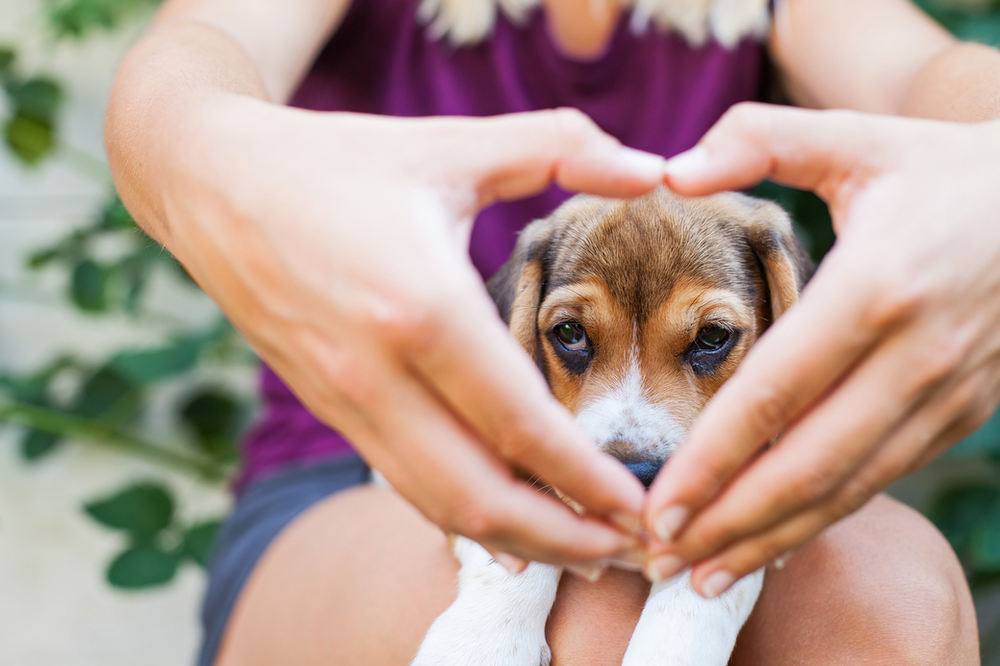
If you are here, it means you have either decided to bring a puppy home or at the very least you are thinking about it, very seriously. So here are the top 5 things you need to know about bringing your puppy home. Puppies, just like human kids, require a lot of investment of time, effort, money and of course, love! Here are my top 5 things to know:
- Are all members of family on-board?
- Puppies are full of energy
- Puppies and their teething phase
- Puppy Proofing your house
- Puppy Diet
Overview
A lot of us “dog people” can not help but fall completely in love with the cute little puppy eyes, and each time we see them, we think… ‘I want a puppy’. A dog is an absolutely delightful addition to your life. And a lot of us will love them and care for them as we would for our human kids. But they are a different species. They have their species specific needs which if provided for will help them thrive in your house and help you be a proud and happy dog parent. In recent years, there has been immense in-depth study on dog behavior and needs which means, today, we have a lot more scientific research available instead of conventionally passed on information. After all, a dog is a long term commitment and knowing all you can before taking that step just puts you at an advantage!
1. Are all family members on board?
Bringing home a puppy can be a big decision and it will have an impact on every member in the family. If every member of the family is on board and excited about the new puppy coming home, then the transition of a new home for the puppy and bringing home a new family member for you, will be smooth..
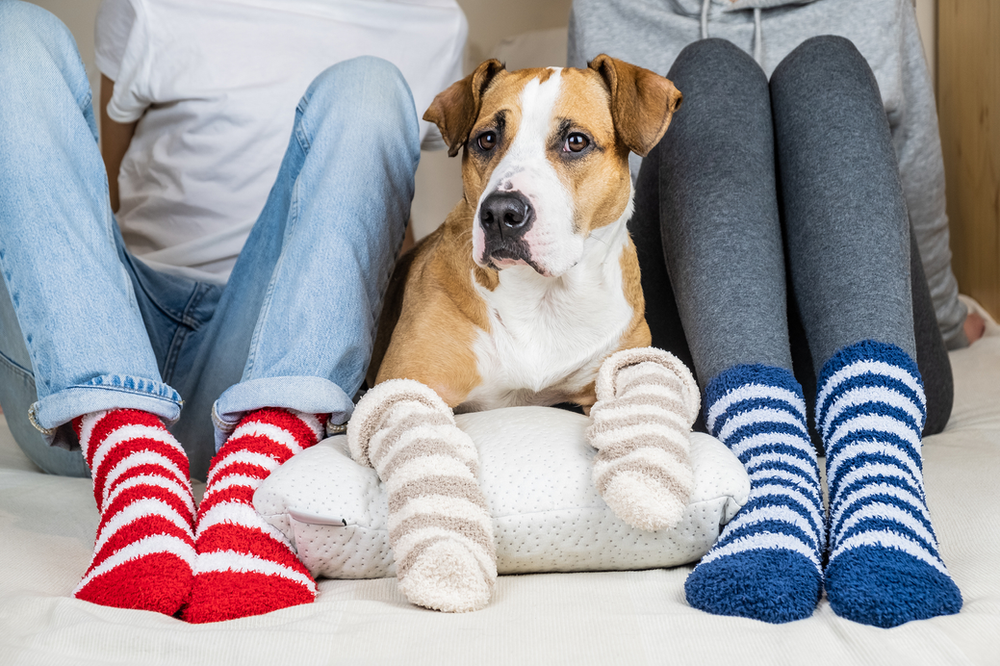
It will also be great to discuss and divide up responsibilities in advance.. Cleaning up after the puppy, giving him/her food, play time, vet visits are some of the basic first few things you may need to consider and keep adding to this list as the puppy grows and might have additional needs. It is so much easier to enjoy this bundle of joy when everyone in the household contributes.
Another thing to keep in mind is that a dog’s average lifespan is anywhere between 10-13 years. We humans go through many life events in this span. College, study abroad, marriage, moving cities, having human babies and life’s ups and downs will come and go. And even though we may not know exactly what the future has in store for us, It is important to carefully consider the possibilities of the future and ensure that you CAN make this commitment for the next 13 years.
2.Puppies are full of energy
Having gotten that out of the way, some interesting facts – most of the puppy’s waking hours are spent in gathering information about the world around them. They sniff, chew, walk around, hear, taste, feel and see so many things around them and this is an incredible time of learning for them. But what does it mean for us? It may mean keeping an eye on them to keep them from harm’s way, but not quite stop them from exploring, to ensure they don’t put dangerous things in their mouth like a live electrical wire or get carried away in their explorations and escape out of the house.

But at this point, it is important to note that this mad puppy energy is at most 25% of their day. A major portion of their day, i.e., between 18 to 20 hours a day needs to be spent sleeping. This is extremely essential in order for the puppy to actually consolidate their learning and have enough rest every single day, which if ignored, can be the beginning of very early onset of stress. . As parents, be it to little human babies or little puppies, it is hard for us to refrain from getting overly protective, and while it is our JOB to look after them, it is also our JOB to let them explore within a safe environment while we keep an eye out for any REAL dangers.
3. Puppies and their teething phase
Puppies get their milk teeth after they turn 4 weeks old and they fall off when they are anywhere between 14 to 30 weeks (5 to 8 months approximately) of age. During this phase, the puppy will reach out to chew things that can help soothe the pain and irritation in the gums. And because like babies, puppies explore the world around them with their mouths, tongue, taste and texture. It is at this point you will start having bitten shoes, torn books, chewed furniture, wires, phones and what not. What could help the puppy through this phase and allow them to continue with their learning and exploration is giving them enough things that are acceptable for the puppy to chew on.
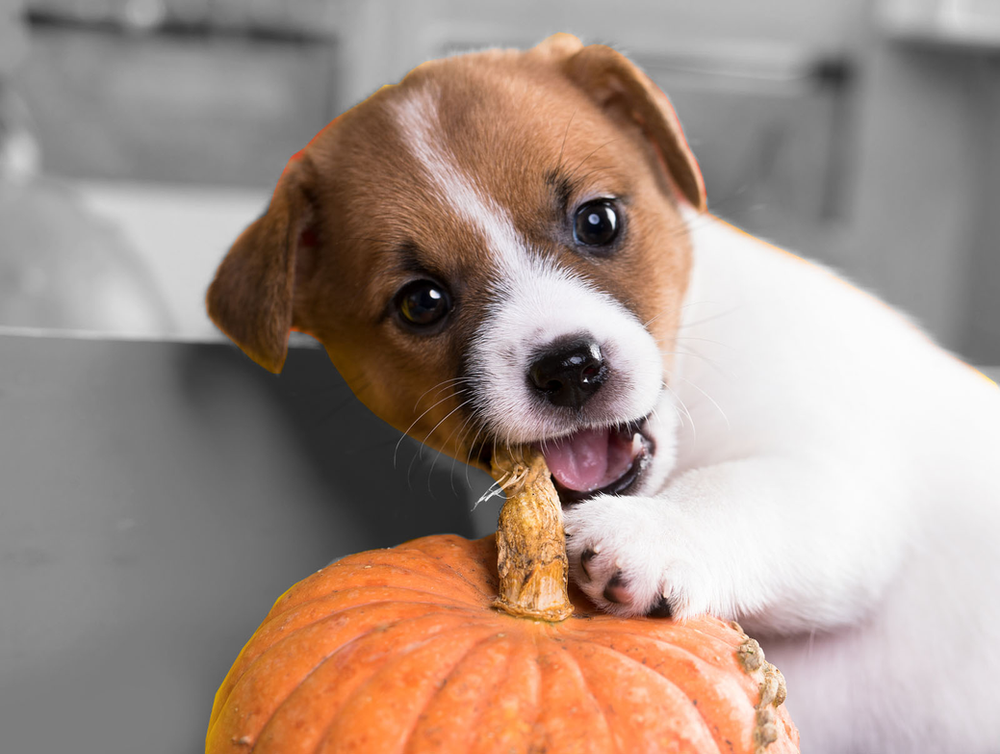
Old shoes, rope toys or soft toys, cardboard rolls and boxes can be very economical and viable solutions for the puppy to dig its teeth into, quite literally. There are some edible chewing options like raw meaty bones that you can explore as well and introduce to your dog at an early age. Get creative and allow your puppy to build a relationship with his new world. Research has now shown that, puppies that get to chew on a variety of things and explore with their mouths have a better tactile sensory integration as adults, and puppies who are over protected or live in an environment where they are constantly prevented from exploring, struggle with this in adulthood, and may also fail to build strong immunity.
4. Puppy Proofing your house
After reading about the energy levels of the puppy and their teething phase, what may be essential is to puppy proof your house. This means keep all valuables and in-edibles away from the puppies reach. Chargers, books, footwear, clothes, glass items and anything else you may consider unsafe for the puppy need to be stowed away somewhere safe. Maybe consider getting a baby gate for the kitchen space if you want to keep the puppy away from the kitchen. Door to rooms where you think puppy needs to stay away needs to be kept shut to avoid any untoward occurrences. NEVER keep medication within reach of a puppy, toxic items such as chocolates and other human edibles that you do not want your puppy to get at, should be kept away, to save yourself an emergency trip to the Vet’s.

This will also be a good time to decide if you are okay with having the puppy (growing into a dog) on furniture and beds and start communicating this with the puppy at this age.. You should also have a designated place in the house for the puppy to relieve himself when required, and although it will seem impossible to do, start taking the puppy there after every meal, after every nap, and after every play session – these are typically times for a pee break.
5. Puppy Diet
Most often, the diet suggestions for the puppy might be cerelac (or similar baby food), mashed kibble or mashed curd rice. Baby foods like cerelac (click here) are very high on sugar content, and not even safe for human babies to consume. Watch Dr Robert H Lustig talk about sugar. This food is so often recommended for young puppies, when sugar is quite toxic to dogs. And kibble (click here) on the other hand is high on preservatives, fillers, colors, carbohydrates (read sugar) and low on good quality nutritional value. Neither of these are appropriate for a dog of any age to consume, and definitely not for a vulnerable growing puppy.
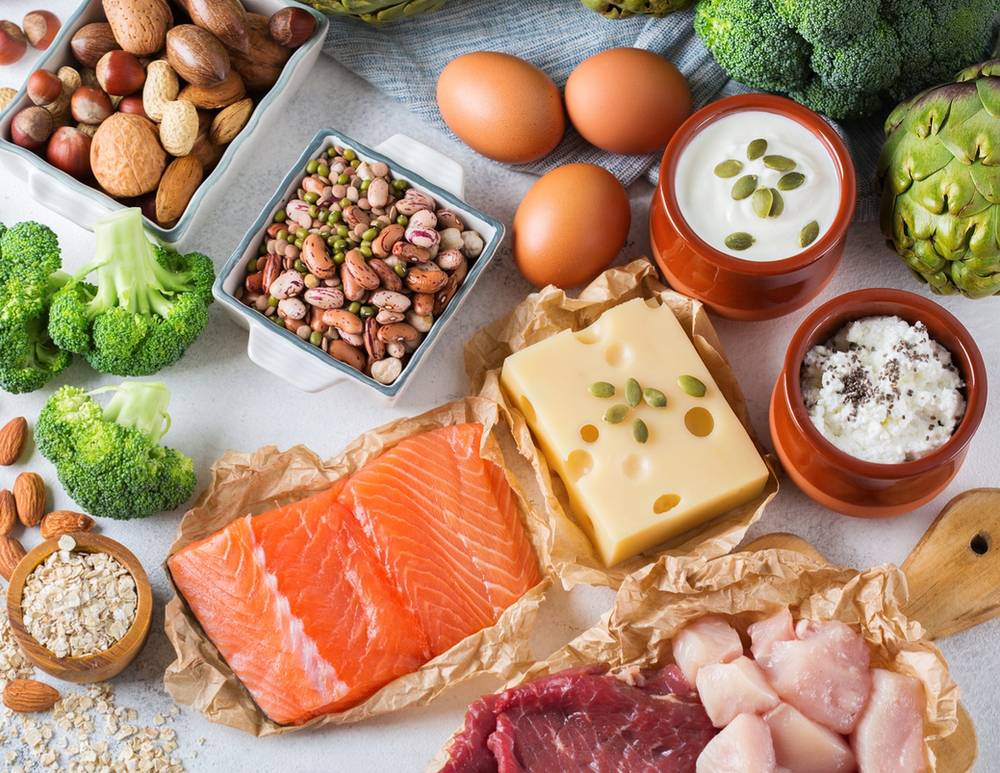
The alternatives to this can be mashed vegetables, mashed mince meat, mashed meat and see how the puppy is able to take them. Another great food might be the chicken broth. Start all new ingredients with very small quantities and build on it over a few days. A young baby and a young puppy have a lot in common, and before the “baby food” companies happened to the world, what we fed babies is – Water from cooked rice, pulses, legumes, carrot and pumpkin puree. Similarly with puppies we can start this way from the very beginning, and quickly transition to chicken broths, and then mashed meat with mashed rice and veggies.
At any given point, a well balanced fresh cooked diet is a better option for your puppy than the commercially available processed diet that is a human equivalent of feeding Mcdonalds burger and fries to newborn babies.
6. Bonus: At what age should we bring home the puppy?
There is an increase in the number of puppies being bought at a young age of 25-35 days, separated from their mothers and their litter-mates. Caring for puppies and a feeding mother dog is difficult and cost intensive and this can be one of the many reasons why there has been this trend of selling puppies so young. Since you are going to be the pup’s new family, it is important for you to know the impact on the pups of being torn away from their mothers and siblings at an early age. The puppies need to be with the mother for a minimum of 60 to 90 days to avoid the risks of weak immune health and behavioral issues as they grow up. Puppies learn a lot from their moms and their brothers and sisters. They learn what is acceptable behaviors and what is not. They also learn how to build relationships and friendships, how to play nice and not hurt each other, and most importantly, they get the benefit of being disciplined by the mother.
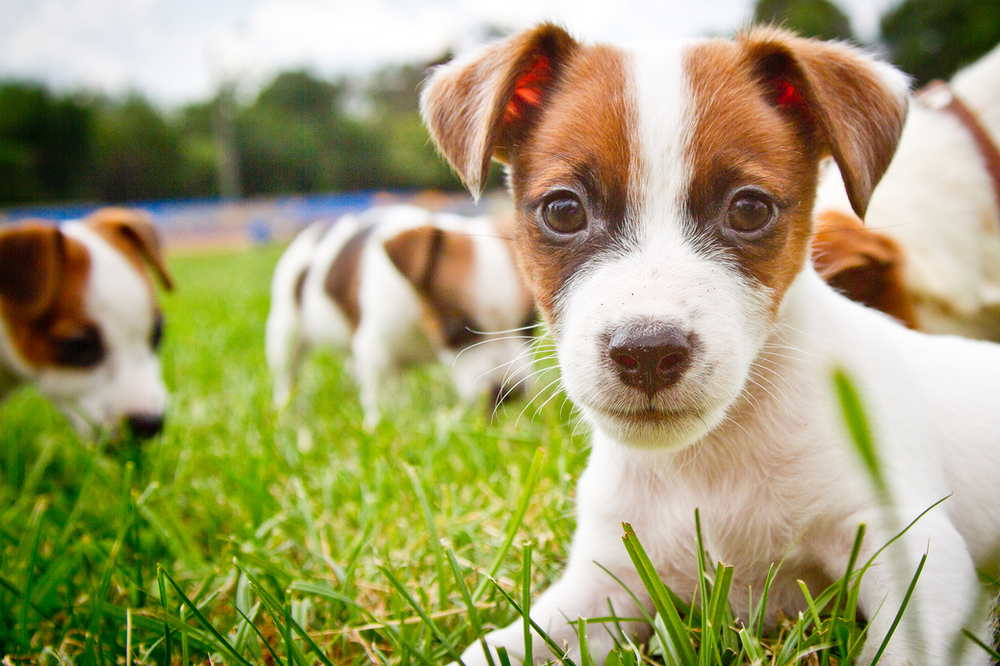
Most of us don’t realize how invaluable these learnings can be, till our puppy nips too hard, and fails to understand boundaries, plays too rough with our kids or is just unsocial with other dogs and so on. But at this time the opportunity is lost. So one of the best things you can do for yourself, your family, and your dog is to offer to take the financial responsibility of the puppy till he/she turns 60 to 90 days old at least and let the puppy be with the mother and siblings.
Last but not the least, I can not talk about the appropriate age to bring a puppy home without talking about the fact that you could in fact choose to adopt a dog of any age, Of course, there needs to be another blog for things you should know about bringing home an adult or a senior dog, but there are plenty of puppies over the age of 3 months of almost all breeds available for adoption. And I would hope that some of you make that choice.
Conclusion:
By now, you are well informed on what to expect with a new puppy in the house. The idea is to provide the puppy with enough choices (be it for eating, chewing, playing and everything in between) and help the puppy and yourself make the transition to this new life. Ensure they get plenty of sleep and are not constantly disturbed during their rest periods. Even if you are adopting an adolescent or an adult dog, many of the above points can be relevant to you.
Have you bought a puppy home recently? Or adopted one? Tell us what your experiences were.

